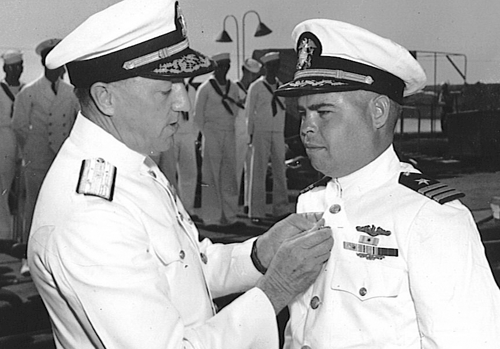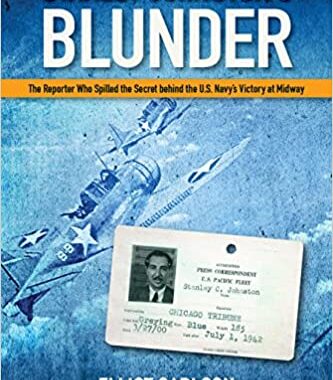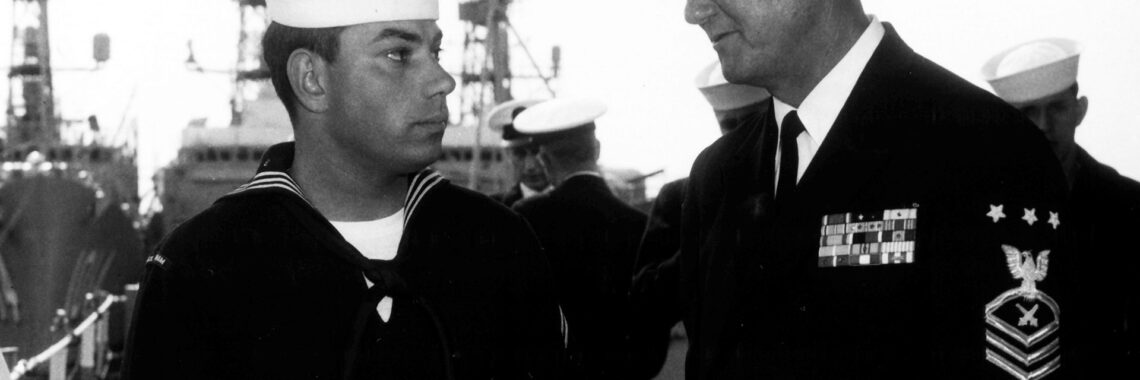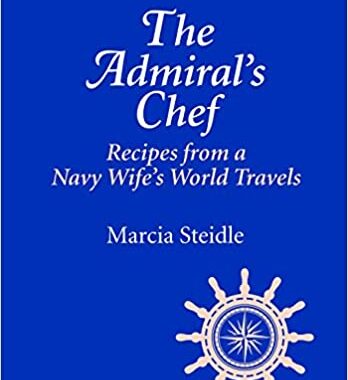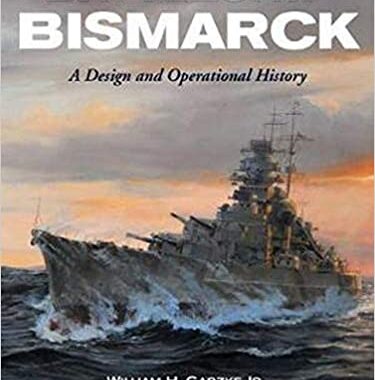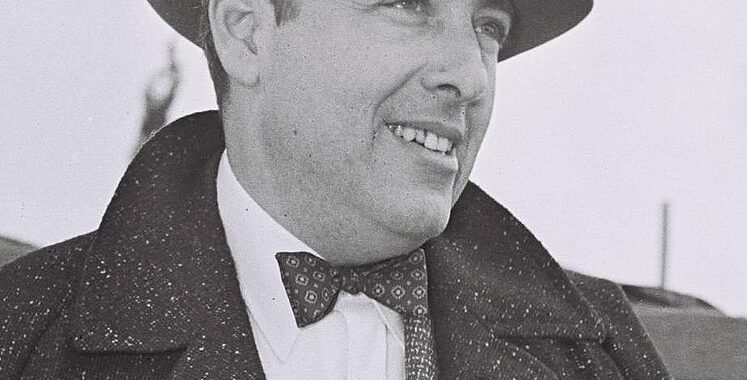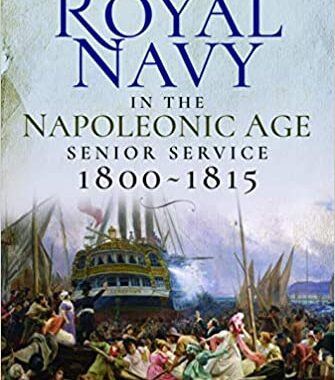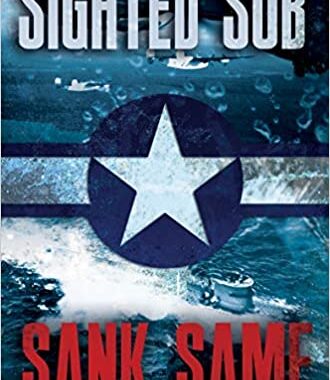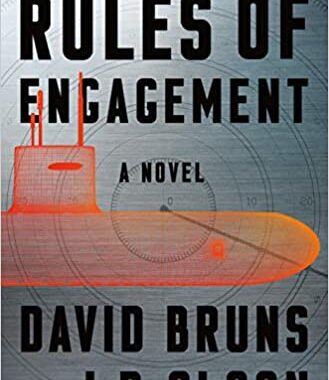Marion Frederic Ramirez de Arellano 5 August: 1913 – 15 May 1980
www.history.navy.mil/research/library/research-guides/modern-biographical-files-ndl/modern-bios-r/ramirez-de-arellano-marion.html Marion Frederic Ramirez de Arellano was born in San Juan, Puerto Rico, on 5 August 1913, son of Professor Rafael W. de Arellano and Professor Lucille Kemmerer Ramirez de Arellano of the University of Puerto Rico at Río Piedras. He attended that university for two years prior to his entrance to the US Naval

